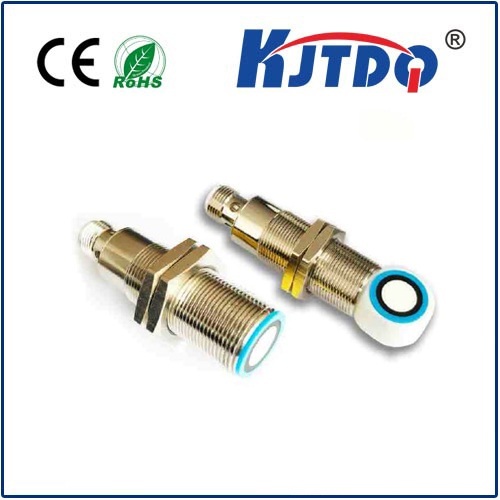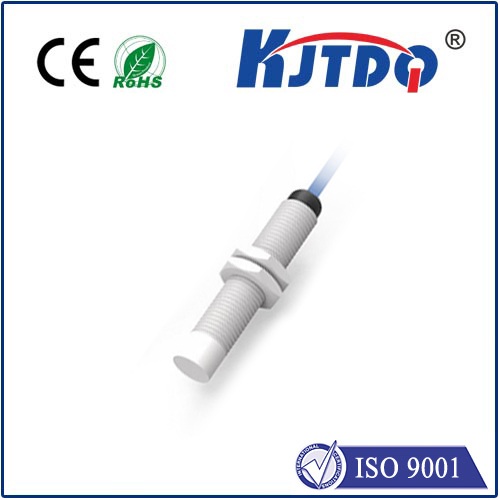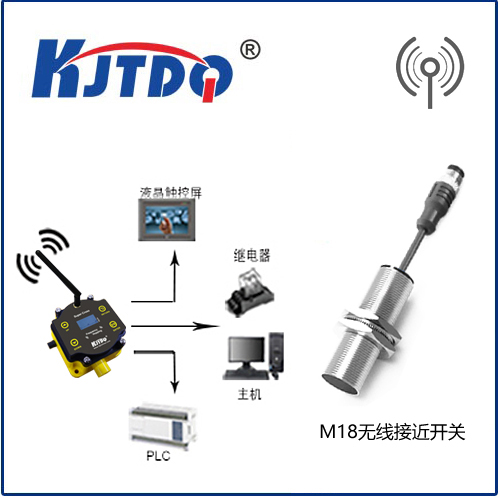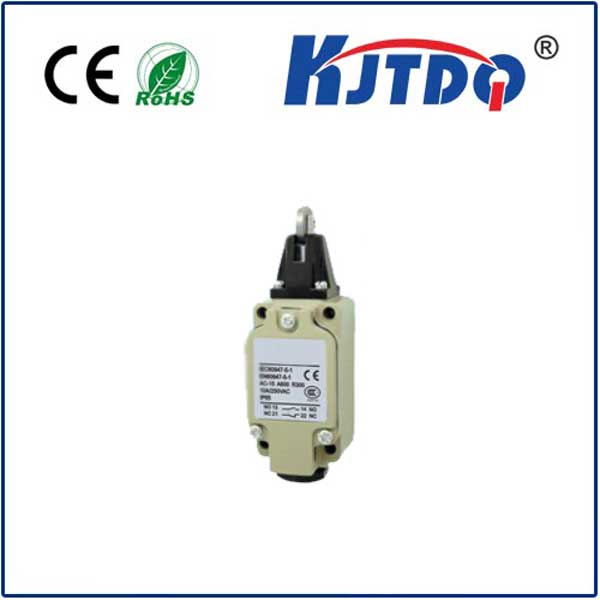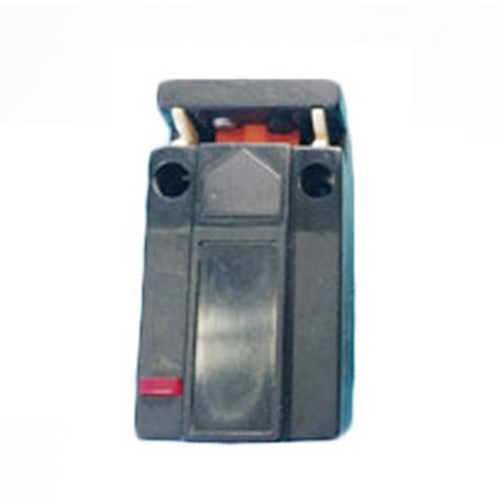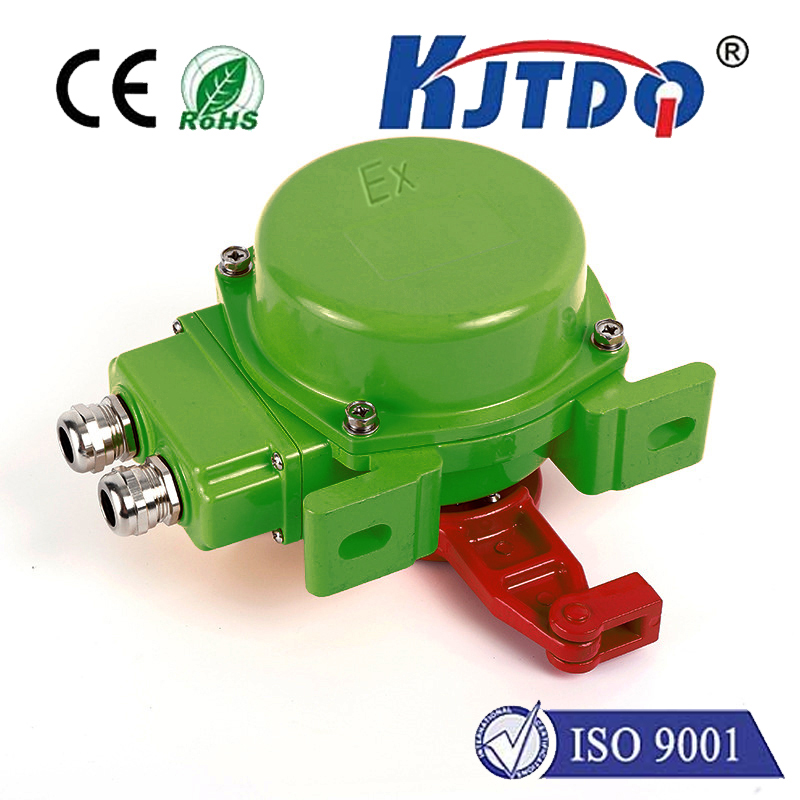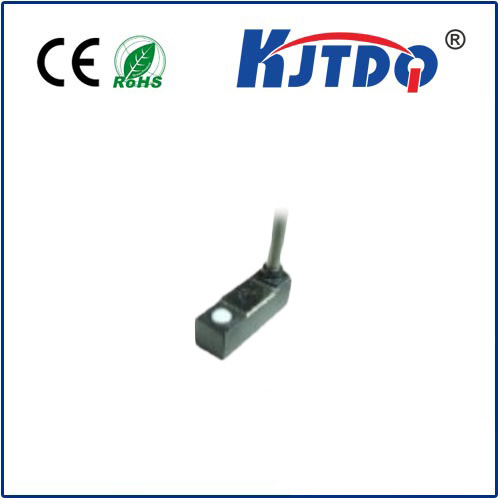

check

check

check

check

check

check

check

check

check

check
A round limit switch is an essential component in many industrial and machinery applications. It serves as a crucial safety measure by limiting the rotational movement of a machine or equipment to a specific range. In this article, we will delve deeper into the function and importance of a round limit switch.
Firstly, let's understand what a round limit switch is. It is a device that controls the motion of a rotating shaft within a predefined angular limit. The switch is mounted on the shaft, and when the shaft rotates to its maximum or minimum limit, the switch triggers a signal that stops further rotation. This ensures that the machinery operates within a safe range, preventing damage to the equipment or injuries to operators.
The use of a round limit switch is particularly important in applications where precise control over the rotational movement is required. For example, in robotics and automation, a round limit switch can be used to ensure that robotic arms do not exceed their operating range. Similarly, in manufacturing processes, a round limit switch can be employed to ensure that conveyor belts or other rotating machinery operate within safe parameters.
Another significant advantage of a round limit switch is its ability to improve equipment lifespan and performance. By limiting the rotational movement of a machine, wear and tear on moving parts are reduced, leading to longer lifespan and reduced maintenance costs. Additionally, a round limit switch can help optimize the operation of machinery by ensuring that it operates at peak efficiency within its designated range.
In conclusion, a round limit switch plays a vital role in industrial and machinery applications by providing critical safety measures and improving equipment performance. Its ability to control the rotational movement of machinery within a predefined range makes it an essential component for ensuring safe and efficient operations. By understanding the function and importance of a round limit switch, operators can make informed decisions about its implementation in various applications, leading to improved outcomes and reduced risks.
